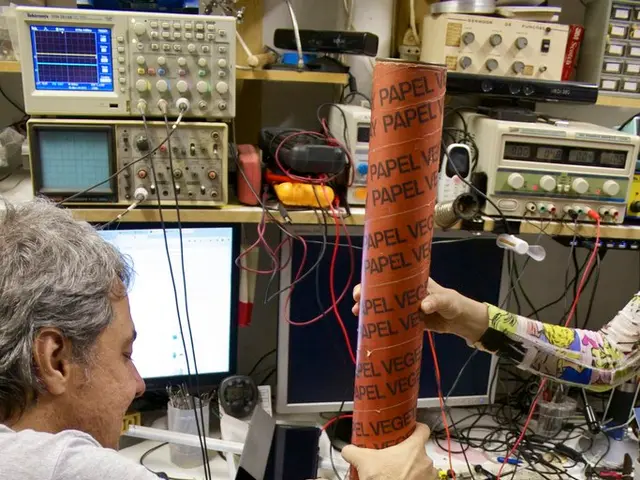China Imposes New Regulations on Autonomous Vehicle Accident Accountability After Fatal Incident Involving Xiaomi
In the ever-evolving world of automotive technology, China has taken significant steps to ensure the safety and transparency of advanced driver assistance systems (ADAS). The latest regulations, introduced in mid-2025, aim to enhance long-term safety outcomes for drivers and pedestrians alike.
The regulatory response was catalyzed by a deadly crash involving a Xiaomi SU7 electric sedan, which resulted in multiple fatalities due to a fire triggered by the impact. This incident fueled public debate over how driver-assistance features are marketed and perceived.
Following the accident, China’s Ministry of Industry and Information Technology (MIIT) urged automakers to strengthen ADAS testing, clearly define system operational boundaries, establish sound safety protocols, and ban exaggerated or misleading advertising claims related to ADAS capabilities.
The State Administration for Market Regulation proposed draft rules on intelligent connected new energy vehicles (NEVs) that mandate automakers to file over-the-air (OTA) software updates in advance, thoroughly test and verify these updates, and prohibit using OTA to cover up defects. These rules also emphasize robust consumer safety warnings and stricter supervision over promotional content to prevent exaggerated marketing claims regarding autonomous and driver assistance features.
Draft regulatory moves call for integrated defect investigations and recall management linked with rigorous accident analysis, enhancing transparency and accountability regarding ADAS safety. Industry tests in 2025 revealed ADAS shortcomings, especially concerning adherence to traffic laws and response to complex urban scenarios. Officials highlighted the need for improvements in rule compliance by machine learning-based systems, which often inherit faulty behaviors from training data.
MIIT in 2025 proposed mandatory automotive standards focused on safety requirements for intelligent vehicles, signaling continued regulatory push towards standardized safety frameworks for autonomous and driver assistance technologies.
In line with these new regulations, companies must now refer to their systems as "combined assisted driving." The new rules affect all automakers operating in China, including Tesla, which has begun rolling out its Full Self-Driving (FSD) package in China under the rebranded name "Intelligent Assisted Driving."
The new regulations are intended to curb the practice of deploying experimental features to vehicles already in customers' hands. They also prohibit implying that vehicles can drive themselves and prohibit automakers from frequent software updates that circumvent safety reviews.
The Ministry of Industry and Information Technology (MIIT) in China has issued new rules banning the use of terms like "smart driving," "autonomous driving," and "self-driving" in vehicle advertisements. This move is aimed at preventing misleading "smart driving" claims and fostering a more transparent and accountable automotive market.
Experts believe the new regulations could ultimately prompt a necessary consolidation of China’s overcrowded auto market. The regulations may slow innovation and increase compliance costs, but they are seen as a necessary step towards ensuring the safety and reliability of ADAS technologies.
Tesla, along with other manufacturers like BYD, Leapmotor, and Huawei, attended a meeting with MIIT this week to discuss the new regulations and their implications for the industry. Emergency updates may need to be treated as recalls or trigger production halts according to the new regulations.
In conclusion, China’s regulatory landscape for ADAS is moving towards tighter safety controls, accountability in software updates, transparency in marketing, and standardized safety requirements. Automakers operating in China must adhere to heightened pre-deployment testing, truthful marketing, and proactive consumer safety notifications as these regulations are finalized and enforced.
- The new regulations in China's automotive industry are pushing automakers, including Tesla and others like BYD, Leapmotor, and Huawei, to refer to their driver-assistance systems not as "smart driving," "autonomous driving," or "self-driving," but as "combined assisted driving."
- The tightened regulations in China's finance and technology sectors are aiming to enhance the safety and reliability of transportation, especially in the automotive sector, by enforcing stricter safety controls, increasing accountability in software updates, promoting transparency in marketing, and establishing standardized safety requirements.




